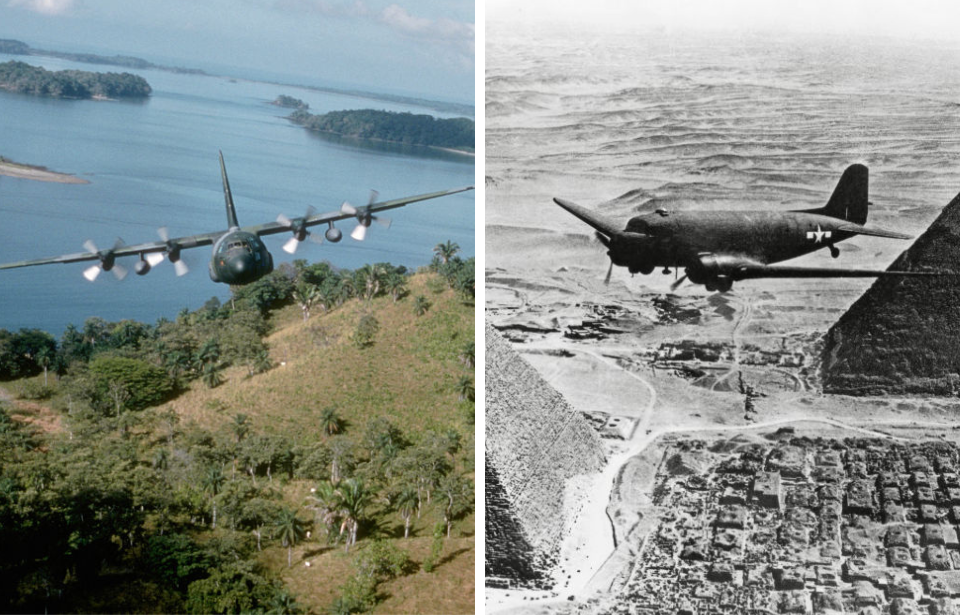When discussing military aircraft, much of the conversation centers around fighters and bombers. However, there’s a category that is deserving of more recognition: military cargo aircraft. These aerial vehicles aid in the transportation of troops, weapons and supplies, ensuring troops are able to stay in the fight for however long is deemed necessary.
This article features a look at the most iconic military cargo aircraft in history, highlighting their unique features and service history. From the Boeing CH-47 Chinook to the World War II-era Douglas C-47 Skytrain, they have all played major roles in shaping modern airlift capabilities.
Boeing CH-47 Chinook
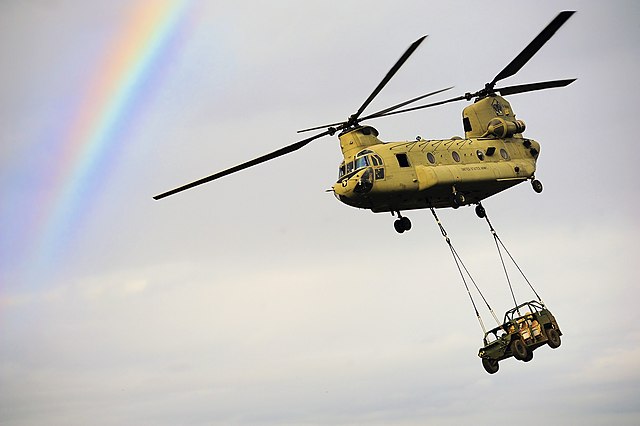
The CH-47 Chinook is a tandem rotor helicopter that’s been a staple in military operations since it was introduced in the early 1960s. This versatile chopper has seen action in numerous conflicts, including the Vietnam War, the Gulf War and the wars in Afghanistan and Iraq.
Its use in transporting troops, artillery and supplies, along with its ability to navigate through challenging environments, make the CH-47 indispensable in combat scenarios. Its payload capacity is one of its most impressive features, with the helicopter capable of carrying up to 26,000 pounds and fly higher than its counterparts, at 20,000 feet. Its heavy-lift capability, combined with its speed, stability and range, have made it one of the most popular military vehicles in the world.
Antonov An-225 Mriya
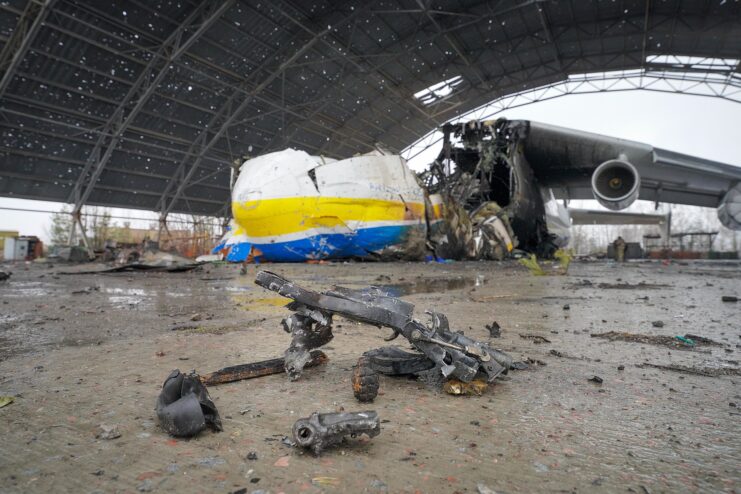
The Antonov An-225 Mriya was a true marvel of engineering. It was designed to transport the Soviet Union’s Buran space shuttle and components of the Energia carrier rocket. With the USSR’s collapse, just one wound up being constructed, with a second part way through construction, before being abandoned.
With a maximum payload of more than 250 tons, the An-225 was the heaviest aircraft ever built, and its unique six-engine design (powered by Progress D-18T turbofan engines) and incredibly large size allowed for the carrying of oversized cargo that no other aircraft could handle.
Unfortunately, the An-225 was destroyed in 2022, during the Battle of Antonov Airport.
Lockheed C-5 Galaxy
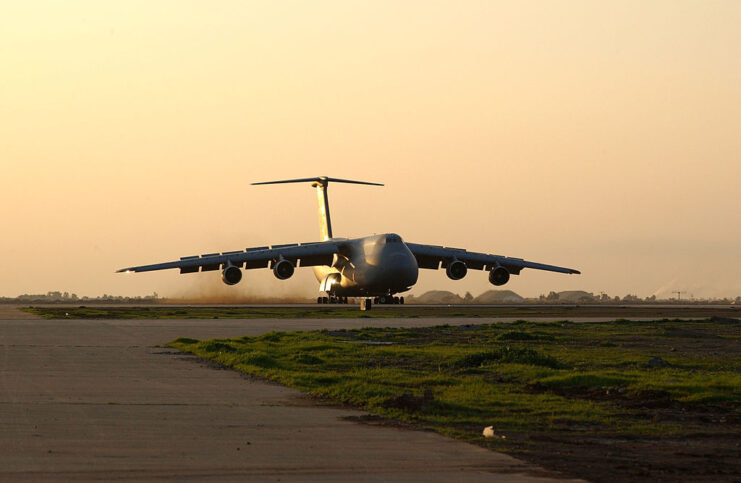
The Lockheed C-5 Galaxy has been a cornerstone of the US Air Force’s strategic airlift capabilities since its introduction in 1970. Developed to transport oversized cargo across intercontinental distances, the C-5 can carry up to 135 tons – twice that of its counterparts. Its distinctive nose and tail doors allow for “drive-on/drive-off” loading, making it efficient for rapid deployment.
Compared to other military cargo aircraft, the C-5 stands out for its sheer size and payload capacity. It has played a crucial role in numerous military operations, including the Vietnam and Gulf Wars, and even participated in a historic exercise that saw it drop a Minutemen intercontinental ballistic missile (ICBM) over the Pacific, showing it was possible to air-launch such weapons.
The C-5’s ability to transport large quantities of supplies and equipment (including main battle tanks) makes it an invaluable asset to the US military. The latest variant, the C-5M Super Galaxy, is currently the largest aircraft operated by the Air Force.
Boeing C-17 Globemaster III
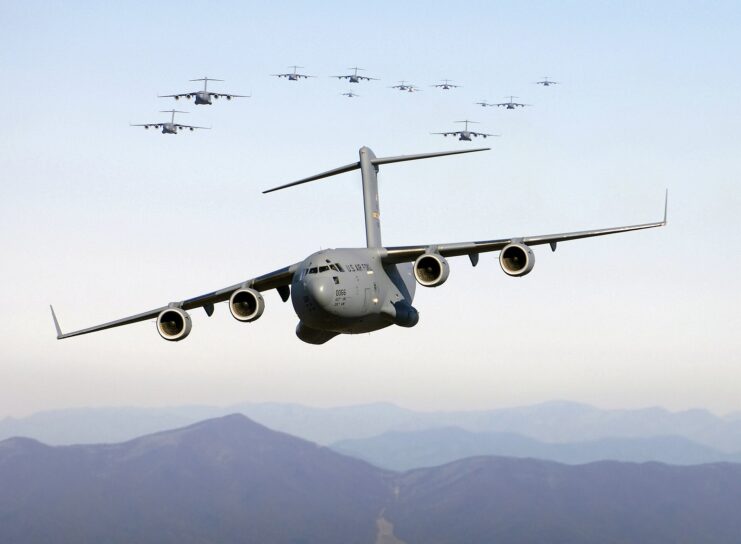
The Boeing C-17 Globemaster III is a versatile and reliable military cargo aircraft that’s experienced service since the 1990s. It has been deployed in a wide variety of missions and conflicts, including in Iraq and Afghanistan, thanks to its ability to carry upwards of 77.5 tons of cargo, including vehicles, troops and medical supplies.
One of the C-17’s most interesting features is its ability to perform tactical airlift missions like airdrops and medical evacuations. Its advanced avionics and robust design allow it to operate in austere environments, making it a critical component of the US Air Force’s airlift capabilities.
Douglas C-47 Skytrain
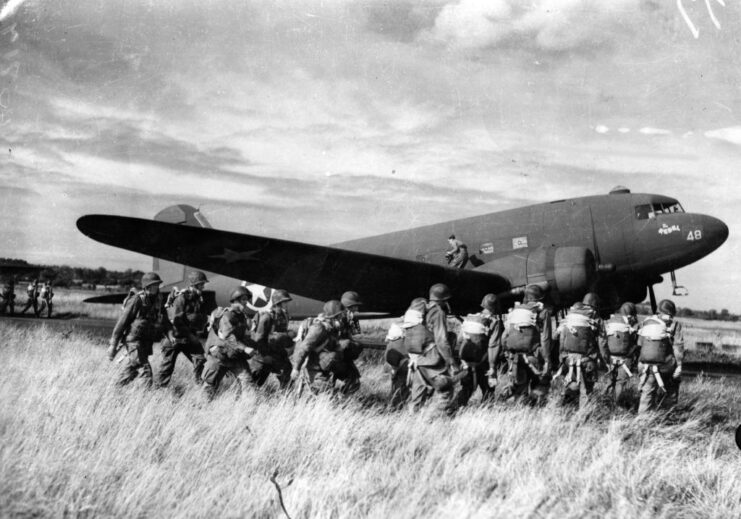
The C-47 Skytrain, derived from the civilian DC-3, played an important role in World War II, with many considering it one of the conflict’s most iconic aircraft. Used for both troop transport and cargo missions, the C-47 was essential in operations like D-Day and flying the “Hump” in the Himalayas, part of the China-Burma-India (CBI) Theater of the war.
The C-47 even played a role in the post-war era, most notably during the Berlin Airlift, when the Allied forces dropped food and other supplies over Germany as part of Operation Vitties. The aircraft, along with the Douglas C-54 Skymaster, flew 92,000,000 miles over the course of the airlift, aiding in the dropping of 2,334,374 tons of supplies.
The aircraft’s rugged design and reliability made it a workhorse of the Allied forces, and it revolutionized military logistics and air transport, setting the standard for future cargo aircraft. Its ability to operate from rough, unprepared airstrips made it invaluable in wartime operations, ensuring troops and supplies could be delivered where and when they were needed most.
Lockheed C-130 Hercules
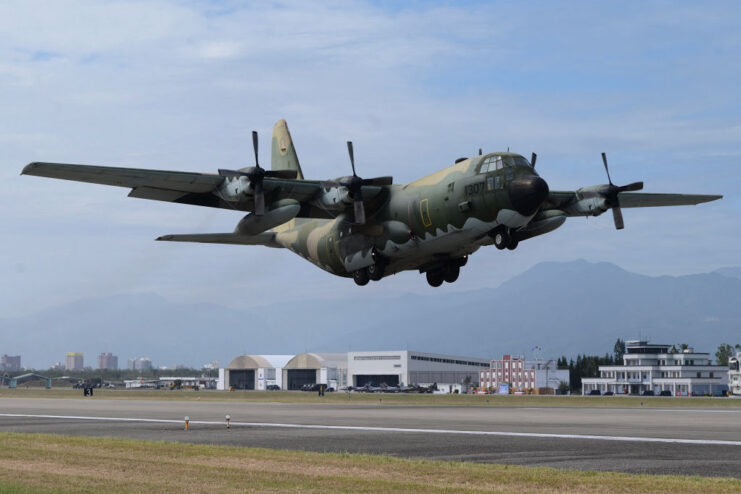
The Lockheed C-130 Hercules has been in service since the mid-1950s, which is a testament to its enduring utility and versatility. Primarily deployed on tactical airlift missions, the “J” variant of this popular military cargo aircraft can carry up to 4,200 pounds of cargo and operate from short, unpaved runways.
Its adaptability has led to numerous variants being developed, including gunships, tankers and medical evacuation aircraft. The C-130’s service history is extensive, with it having participated in nearly every major conflict since its introduction. This is largely thanks to its ability to perform a wide range of missions, from airlifting troops to the delivery of humanitarian aid.
Antonov An-124 Ruslan
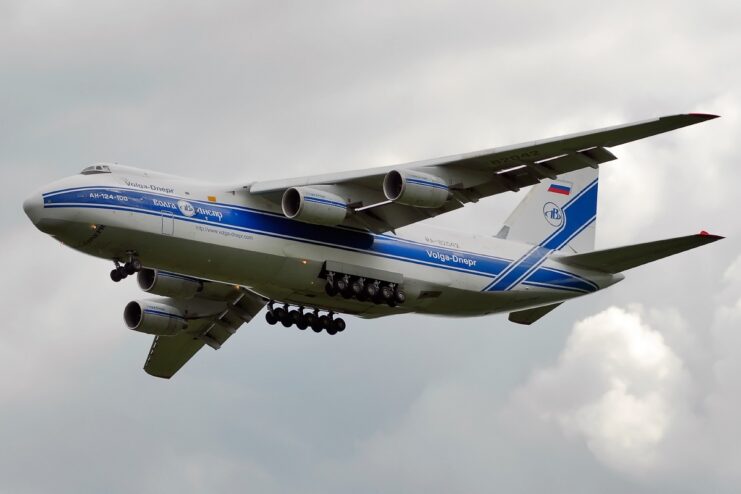
The Antonov An-124 Ruslan is the largest military transport aircraft currently in service. Developed by the Soviet Union, it can carry upwards of 150 tons of cargo (the latest model features an increase from the previous 120 tons in could carry), making it ideal for transporting heavy and oversized equipment. Its design and four powerful Progress D-18T turbofan engines allow the aircraft to operate in harsh conditions, including unpaved runways.
The An-124 has seen extensive use in both military and civilian applications, including disaster relief and commercial cargo transport. Its ability to carry large payloads over long distances makes it a valuable asset for strategic airlift missions, and its impressive capabilities have earned it a reputation as one of the most powerful military cargo aircraft in the world.
Sikorsky CH-53K King Stallion
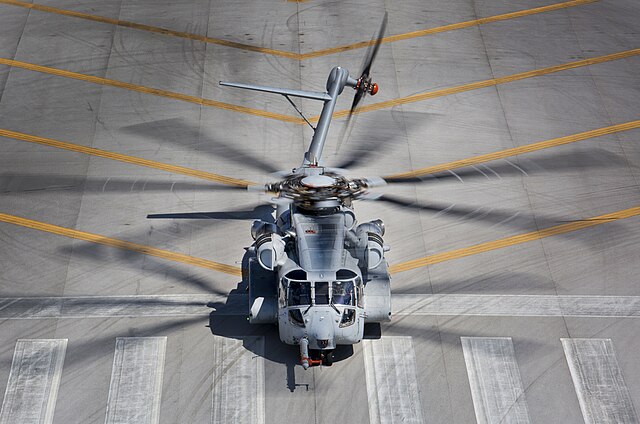
The Sikorsky CH-53K King Stallion is the latest iteration of the CH-53 series, designed to meet the heavy-lift requirements of the US Marine Corps. With a payload capacity of 36,000 pounds, two-to- three times more than its predecessor, the CH-53E Super Stallion, the helicopter can easily transport troops, vehicles and supplies. Its new cockpit avionics and engines provide enhanced performance and reliability.
Delivered to the Marine Corps in 2018, the CH-53K has seen limited use, but that doesn’t make it any less iconic. Its ability to lift heavy loads and operate in challenging environments makes it an important military asset, and the chopper’s advanced features and impressive payload capacity ensure it will remain a key component of military operations going forward.
More from us: The A-10 Warthog Was Built to Last – And These Facts Prove It
Want War History Online‘s content sent directly to your inbox? Sign up for our newsletter here!
Israel has since shown interest in the CH-53K, with the first units slated to be delivered to the Israeli Air Force by 2026.
